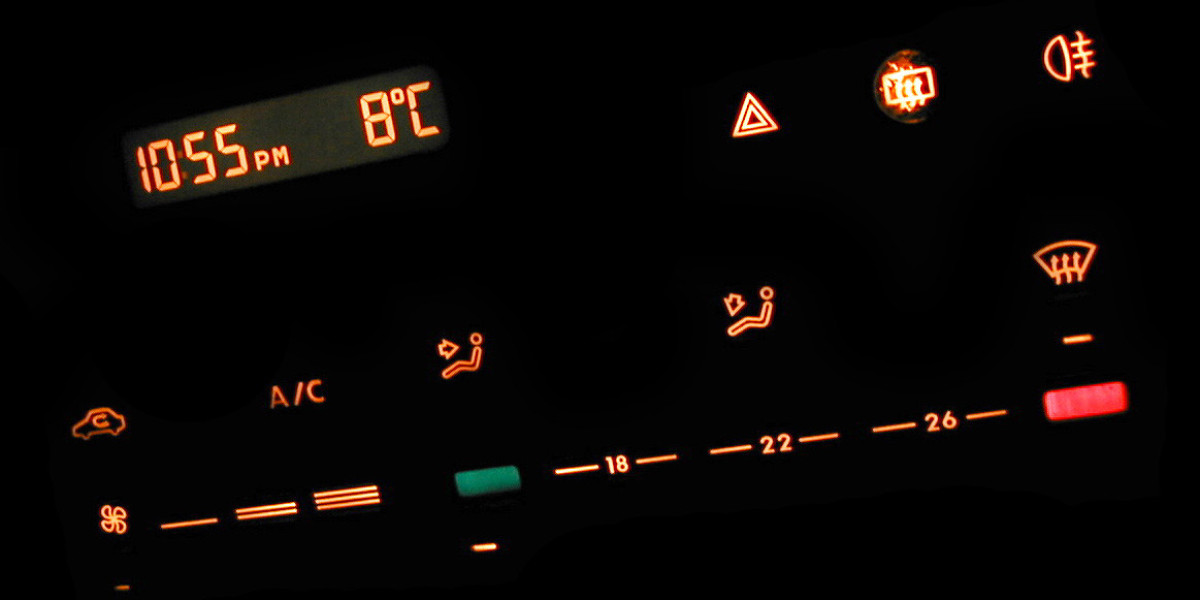The global Exhaust Hydrocarbon Sensor Module Market is poised for significant growth over the next decade, driven by increasing environmental regulations and the rising demand for efficient vehicle emission monitoring systems. These modules, integral in detecting hydrocarbon emissions in exhaust gases, are gaining traction across automotive and industrial sectors.
With stringent emission standards being enforced globally, manufacturers are investing in advanced sensor technologies to ensure compliance. Automotive original equipment manufacturers (OEMs) are increasingly integrating exhaust hydrocarbon sensor modules to reduce pollutant outputs, enhancing engine efficiency while adhering to regulatory mandates.
The rising adoption of electric and hybrid vehicles also indirectly fuels the market, as these vehicles still require emission monitoring for certain combustion processes, particularly in hybrid configurations. Continuous innovations in sensor sensitivity and durability are further propelling market demand, offering end-users real-time accuracy and reliability.
Request a Sample Report: https://researchintelo.com/request-sample/69758
Market Overview
The global Exhaust Hydrocarbon Sensor Module Market is projected to register a CAGR of approximately 7.3% during the forecast period, reaching an estimated valuation of USD 2.5 billion by 2035. The market growth is largely influenced by:
Stringent environmental regulations across North America, Europe, and Asia-Pacific.
Rising vehicle production and modernization of emission control systems.
Technological advancements in sensor materials, including high-temperature resistant ceramics and innovative coatings.
However, certain factors may restrain market expansion. High manufacturing costs, the complexity of sensor calibration, and dependence on skilled labor for installation are challenges that stakeholders must navigate.
Emerging economies present significant opportunities, with increasing automotive demand and urban air quality concerns driving the adoption of emission control systems. Governments in regions like India and Southeast Asia are introducing incentives for vehicles equipped with advanced emission monitoring technology, creating new market avenues.
Drivers and Market Dynamics
The Exhaust Hydrocarbon Sensor Module Market is primarily driven by global initiatives aimed at reducing carbon footprints and enhancing air quality. Key market drivers include:
Growing demand for real-time emission monitoring in commercial and passenger vehicles.
Increasing investments in smart transportation infrastructure integrating sensor-based diagnostics.
Rising consumer awareness regarding vehicle emissions and fuel efficiency.
On the technological front, integration with onboard diagnostic systems (OBD) is improving operational efficiency. Modern sensor modules are now capable of detecting minimal hydrocarbon concentrations, facilitating early intervention and maintenance.
Moreover, partnerships between automotive OEMs and sensor manufacturers are fueling innovations, resulting in smaller, more robust, and energy-efficient modules. This is anticipated to further enhance the market penetration of these sensors across diverse vehicular segments.
View Full Report: https://researchintelo.com/report/exhaust-hydrocarbon-sensor-module-market
Restraints
Despite robust growth, the market faces notable restraints:
High production and maintenance costs: Advanced sensor modules require expensive materials and calibration procedures.
Technological complexity: Integrating sensor modules into existing vehicle systems demands technical expertise.
Market fragmentation: Regional disparities in regulations and infrastructure pose challenges for uniform market adoption.
These factors could potentially slow growth in certain regions. However, ongoing R&D and standardization initiatives are expected to mitigate these challenges over time.
Opportunities
The market holds considerable opportunities in both automotive and industrial sectors. Key areas of growth include:
Aftermarket sensor replacements: Growing vehicle fleets require sensor maintenance and upgrades, expanding aftermarket sales.
Industrial emission monitoring: Power plants, manufacturing facilities, and chemical industries are increasingly adopting hydrocarbon detection systems.
Integration with smart mobility solutions: Real-time analytics combined with IoT-based monitoring can unlock new revenue streams.
The convergence of sensor technologies with AI and machine learning is anticipated to enhance predictive maintenance capabilities, reduce operational costs, and increase the adoption of these modules globally.
Enquire Before Buying: https://researchintelo.com/request-for-customization/69758
Regional Insights
The market landscape varies regionally:
North America: Leads in adoption due to strict emission regulations and high automotive production.
Europe: Focused on sustainability and the Green Deal initiative, driving investments in advanced sensors.
Asia-Pacific: Emerging as the fastest-growing market, fueled by rising vehicle demand, urban air quality concerns, and government incentives.
Rest of the World: Latin America and the Middle East are witnessing gradual adoption, primarily driven by industrial emission monitoring needs.
Asia-Pacific’s rapid urbanization and rising transportation infrastructure investments make it a key growth hotspot. Manufacturers targeting this region can benefit from early-mover advantages and partnerships with regional OEMs.
Key Market Segments
The Exhaust Hydrocarbon Sensor Module Market is segmented based on:
Vehicle Type: Passenger cars, commercial vehicles, and industrial machinery.
Sensor Type: Zirconia-based, electrochemical, and optical hydrocarbon sensors.
End-use: OEM integration, aftermarket, and industrial applications.
Passenger vehicles dominate the market due to high adoption rates and stringent passenger safety and emission standards. Commercial vehicles, especially heavy-duty trucks, are projected to witness increasing sensor integration due to regulatory pressures on CO2 and hydrocarbon emissions.
Check Out the Report: https://researchintelo.com/checkout/69758
Future Outlook
Technological advancements will continue to shape the market landscape. Sensor miniaturization, enhanced accuracy, and extended lifespan are anticipated to drive adoption. Increasing collaborations between automotive manufacturers and tech providers will likely accelerate innovation cycles.
Furthermore, the global emphasis on sustainability and cleaner air will provide a strong tailwind. Governments, OEMs, and sensor developers are expected to work in tandem to create solutions that meet regulatory standards while optimizing vehicle performance.
In conclusion, the Exhaust Hydrocarbon Sensor Module Market offers immense potential for stakeholders, with rising regulatory pressures, technological innovations, and industrial demand acting as key growth drivers. Market participants focusing on quality, reliability, and innovation are well-positioned to capitalize on this expanding market.
This press release is prepared for Research Intelo to provide comprehensive insights into market trends, opportunities, and dynamics. For a deeper dive into the market data and forecasts, stakeholders can explore detailed analyses through the full report.







